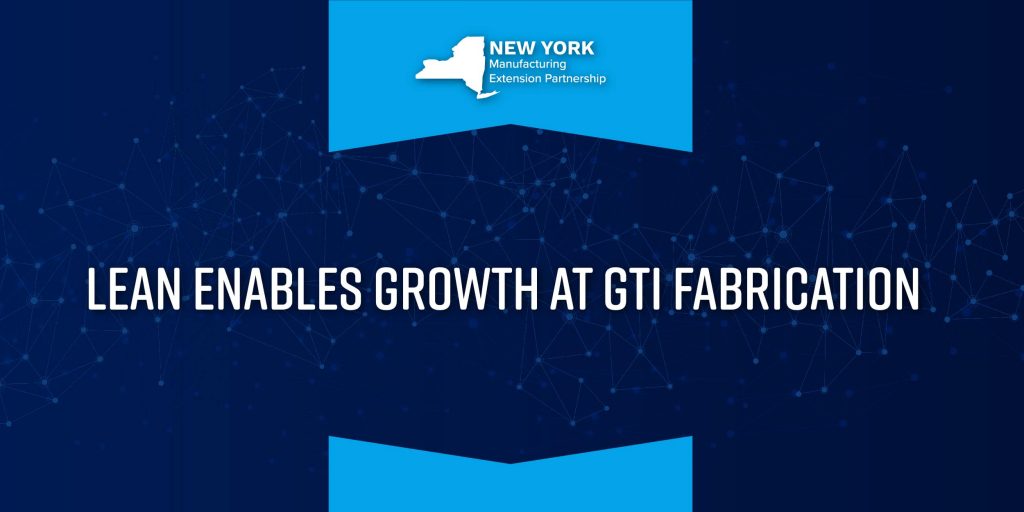About
GTI Fabrication of Buffalo, New York, is a privately-owned company established in 2015. The company converts shipping containers for use in various shelters, portable military showers, and military housing for quick deployment. Their expanding business is located in an old Bethlehem Steel site.
The Challenge
As GTI grew rapidly, the company began to struggle with cycle time, on-time delivery and product quality. Ownership and management at GTI recognized their existing processes were inefficient and wasted many of their resources. Several factors, including company maturity, rapid growth, recent relocation and expanding markets, resulted in inconsistent processes. This led to quality issues, longer lead times, and poor delivery performance. As sales continued to grow, management was concerned they would lose their ability to deliver to customers’ requirements.
Working with Insyte has been an incredible experience that had an immense impact on the operations of our company. The experience and knowledge of the consultant was a huge factor for the success of our project. We plan to continue to work with Insyte on various projects to take our company to the next level.
MEP’s Role
Insyte, part of the New York MEP and the MEP National Network™, worked with GTI to apply lean manufacturing techniques and to implement new practices to significantly reduce waste, cost, lead time and improve quality. Value stream mapping was used to understand how processes functioned and to identify concerns. Welding emerged as the primary issue and the constraining operation. Although the welders and support personnel were well-qualified, they were not able to maintain consistent production to meet the demand.
A workplace organization effort was launched to improve the efficiency and consistency of the weld area. The welding process was broken down into discrete steps and work was standardized. New weld teams were created with designated leads to provide timely supervision and direction. Bottlenecks were then identified and additional equipment purchased to increase capacity. Finally, the drawings and information released to production were standardized to eliminate guesswork and improve quality. These improvements increased capacity and throughput for the entire plant allowing GTI’s growth to continue its uptrend.
A workplace organization effort was launched to improve the efficiency and consistency of the weld area. The welding process was broken down into discrete steps and work was standardized. New weld teams were created with designated leads to provide timely supervision and direction. Bottlenecks were then identified and additional equipment purchased to increase capacity. Finally, the drawings and information released to production were standardized to eliminate guesswork and improve quality. These improvements increased capacity and throughput for the entire plant allowing GTI’s growth to continue its uptrend.

